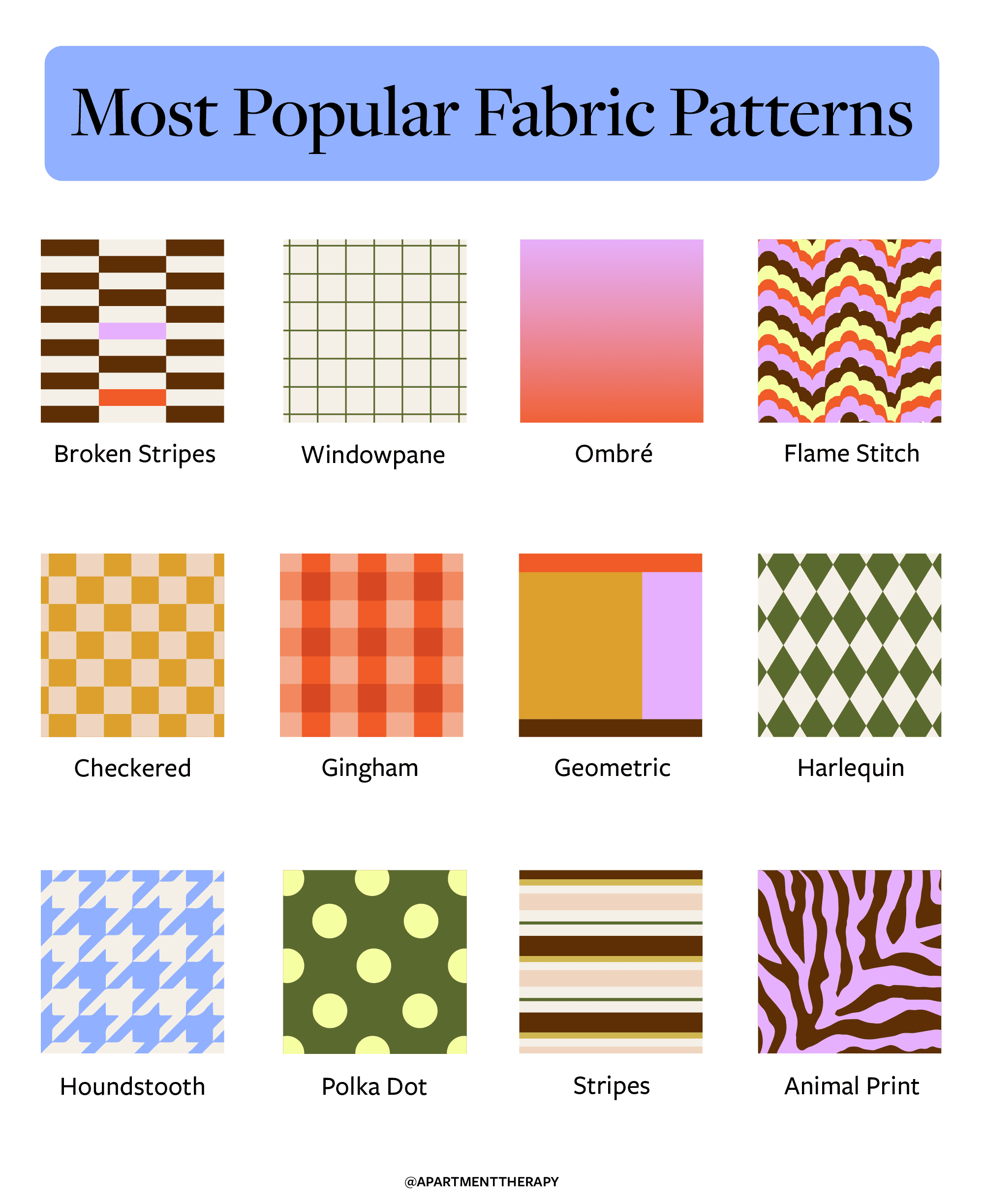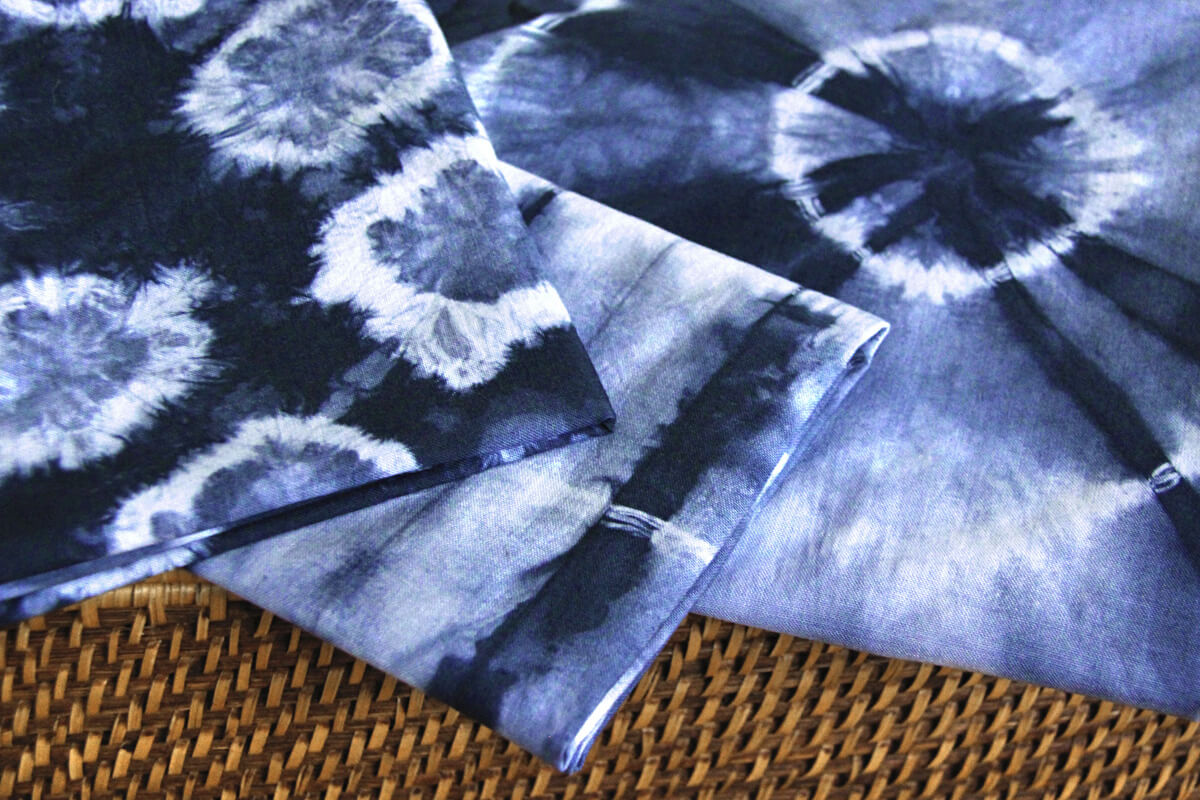Creating your own fabric design can be really exciting and allows for personal expression. First, it’s important to research trends so you know what’s popular—browsing Pinterest or visiting local fabric stores can help with that. Next, think about the purpose of your fabric; whether it’s for clothing or home decor will guide your choices. Then choose a style that reflects who you are, like Bohemian or Modern. After figuring out the subject matter, dive into designing using hand-drawing techniques or digital software like Adobe Illustrator. Once ready, upload it to a printing service and consider dyeing methods too! Enjoy experimenting!
1. Research Trends in Fabric Design
 Credits: linwoodfabric.com
Credits: linwoodfabric.com
Before diving into your fabric design, it’s crucial to familiarize yourself with current trends. This knowledge helps you create designs that not only reflect your artistic vision but also appeal to potential customers. Start by exploring platforms like Pinterest, where you can curate boards filled with inspiring images of patterns, colors, and styles. Observing what others are creating can spark ideas and show you what resonates with different demographics.
Additionally, consult trend forecasting websites such as WGSN, which provide insights into what’s emerging in the textile industry. These resources can be invaluable for understanding seasonal colors, popular motifs, and shifts in consumer preferences.
Don’t overlook the importance of visiting local fabric stores. By seeing what fabrics are readily available and what styles are currently popular, you can gain a better sense of market demand. Take note of the types of prints and textures that catch your eye, and consider how they might influence your own designs.
Networking with other designers, attending fabric fairs, or following industry influencers on social media can also provide valuable insights into emerging trends. Staying informed will ensure that your designs are not just unique, but also relevant in the ever-evolving world of fabric design.
2. Determine the Purpose of Your Fabric
Understanding the purpose of your fabric is crucial before you begin the design process. The intended use will significantly influence your choice of materials and design elements. For instance, if you are creating fabric for clothing, you may want to opt for lighter, breathable materials like cotton or linen, which are comfortable against the skin and suitable for various weather conditions. On the other hand, if your fabric is intended for upholstery, you’ll need to select heavier, more durable fabrics such as canvas or denim that can withstand wear and tear. Additionally, consider the functionality of your fabric—should it be water-resistant, stretchable, or easy to clean? By clearly defining the purpose of your fabric, you can make informed decisions that align with your design vision.
3. Choose Your Design Style
Selecting a design style is a crucial step in the fabric design process, as it sets the tone for your entire creation. Your design style should reflect not only your personal aesthetic but also connect with your intended audience. Here are a few popular styles to consider:
-
Bohemian: This style is vibrant and free-spirited, often characterized by floral motifs, intricate patterns, and a mix of textures. If you love colors and a relaxed vibe, this could be your go-to style.
-
Modern: Modern designs embrace minimalism and simplicity. Think geometric shapes, monochromatic palettes, and clean lines. This style appeals to those who appreciate a contemporary look.
-
Traditional: Classic prints and patterns like plaids, stripes, and florals fall under this category. If you’re drawn to timeless elegance, traditional designs resonate well with a broad audience.
Choosing a style is not just about aesthetics; it influences the choice of colors, patterns, and the overall feel of your fabric. For example, if you opt for a Bohemian style, you might incorporate earthy tones and natural motifs, while a modern style might steer you toward bold colors and abstract shapes. Take your time to explore different styles and find one that feels right for you.
- Modern
- Vintage
- Geometric
- Floral
- Abstract
- Bohemian
- Minimalist
- Ethnic
4. Select Subject Matter for Your Fabric
 Credits: apartmenttherapy.com
Credits: apartmenttherapy.com
Choosing the right subject matter is crucial for your fabric design as it sets the tone and direction of your work. You could go for classic themes like florals, which are always in style, or explore more contemporary motifs such as abstract shapes or geometric patterns. If you love nature, consider incorporating elements like leaves, trees, or animals into your designs. For a playful touch, think about whimsical themes like cartoon characters or clouds. It’s also helpful to consider seasonal influences; for instance, autumnal colors and motifs can evoke a cozy feel, while bright, vibrant designs may be perfect for summer. Your subject matter should harmonize with your chosen design style, whether it’s bohemian, modern, or traditional, to create a cohesive fabric that speaks to your vision.
5. Design Your Own Fabric
Now comes the fun part—designing! You can utilize various methods to create your fabric patterns:
A. Hand-Drawing and Painting
- Sketching: Use pencil and paper to sketch out your ideas. This can help you visualize the design before committing to a final product.
- Watercolor: Paint motifs with watercolors to achieve a soft, artistic look.
B. Digital Design
- Software: Use graphic design software like Adobe Photoshop or Illustrator to create digital designs. Photoshop is great for raster images, while Illustrator is ideal for vector graphics.
- Pattern Repeats: Ensure your designs can be repeated seamlessly. Tutorials on YouTube can offer guidance on creating repeat patterns.
6. Upload Your Design for Printing
Once your design is ready, you’ll need to upload it to a fabric printing service. Here are steps to follow:
- Choose a Service: Websites like Spoonflower allow you to upload your designs and select different fabric types. They offer various options, from cotton to linen, so you can find the right match for your project.
- File Format: Save your design as a high-resolution JPEG (at least 4000 x 4000 pixels) to ensure quality when printed. This resolution helps maintain clarity and detail in your design.
- Order Samples: It’s recommended to order swatches first to check color accuracy and fabric texture before committing to larger quantities. This step is crucial, as colors can change when printed on fabric compared to how they appear on-screen.
7. Techniques for Fabric Dyeing
 Credits: onlinefabricstore.com
Credits: onlinefabricstore.com
If you’re interested in dyeing your fabric instead of printing, consider the following techniques:
- Natural Dyeing: Use fruits, vegetables, and flowers to create eco-friendly dyes. For example, you can use avocado pits for a pink hue or onion skins for yellow. This method can produce unique colors but requires a mordant, like alum, to fix the dye to the fabric.
- Tie-Dye: A fun and vibrant method that involves tying sections of fabric with string or rubber bands to create patterns. You can create spirals, stripes, or other shapes. Just dip the tied fabric in dye and let it dry for a colorful result.
- Shibori: A Japanese dyeing technique that creates beautiful patterns through folding, twisting, or binding the fabric. Each fold traps the dye, resulting in intricate designs. Techniques like itajime (clamping) or arashi (pole-wrapping) can yield stunning effects.
- Batik: A method where wax is used to create patterns on the fabric before dyeing. The areas covered in wax resist dye, allowing for intricate designs. After dyeing, the wax is removed, revealing the pattern underneath. This technique can be labor-intensive but produces beautiful results.
| Technique | Description | Materials Needed |
|---|---|---|
| Natural Dyeing | Use fruits, vegetables, and flowers to create eco-friendly dyes. | Fruits, vegetables, mordant, fabric |
| Tie-Dye | A fun method that involves tying sections of fabric to create patterns. | Dye, rubber bands, fabric |
| Shibori | A Japanese technique that creates patterns through folding and binding the fabric. | Fabric, dye, tying materials |
| Batik | Uses wax to create patterns before dyeing, allowing for intricate designs. | Wax, dye, fabric, tools for applying wax |
8. Final Touches
After your fabric has been printed or dyed, you can use it for various projects, such as making clothes, bags, or accessories. You might consider sewing a simple dress from your new fabric design or creating a unique tote bag that showcases your pattern. Additionally, upholstery is another great option; you can bring new life to an old chair by re-covering it with your custom fabric.
Beyond clothing and accessories, consider creating home decor items. Cushions, curtains, and table runners are all excellent ways to display your design in your living space. For example, a set of throw pillows with a matching fabric print can tie a room together beautifully. You can also explore options like fabric wall art, where your design can be stretched over a canvas.
Don’t forget to share your creations! Whether you post them on social media or even start a small online shop, showcasing your work can inspire others and provide feedback on your designs.
9. Explore Fabric Design Resources
To enhance your fabric design journey, it’s crucial to explore various resources that can provide inspiration, techniques, and guidance. Start by visiting design blogs and websites dedicated to textile arts, such as Design*Sponge and The Fabric of Our Lives. These platforms often feature tutorials, interviews with designers, and a plethora of visual inspiration. Additionally, consider joining online communities or forums like Reddit’s r/sewing or sewing-focused Facebook groups where you can share your work, ask for feedback, and learn from others. YouTube is also a valuable resource, with countless channels offering step-by-step tutorials on fabric design techniques. Don’t forget to check out books on fabric design in your local library or bookstore, as they can provide in-depth knowledge about history, techniques, and the business side of fabric design. Lastly, visit local art galleries or textile museums to see fabric art exhibitions, which can spark new ideas and deepen your understanding of fabric design.
Frequently Asked Questions
1. What materials do I need to start designing my own fabric?
To design your own fabric, you’ll need a computer or drawing tools, fabric samples, and software for digital design like Adobe Illustrator or Procreate.
2. Can I use my own drawings for the fabric design?
Yes, you can definitely use your own drawings. You can scan or digitize them to create unique patterns for your fabric.
3. How do I choose colors for my fabric design?
Choosing colors can depend on your theme or mood you want to create. Use color palettes from design tools or nature for inspiration.
4. What types of patterns can I create for fabric?
You can create a variety of patterns like florals, geometric shapes, or abstract designs. The possibilities are endless!
5. Where can I print my fabric designs once I finish them?
You can print your fabric designs at local print shops that specialize in fabric or use online services that offer custom fabric printing.
TL;DR Learn how to create your own fabric design by researching trends, determining the fabric’s purpose, choosing a style, selecting subject matter, designing, uploading for printing, and exploring dyeing techniques. Start with inspiration, design uniquely, and utilize printing services or dyeing methods, culminating in personalized fabric creations for your projects.

